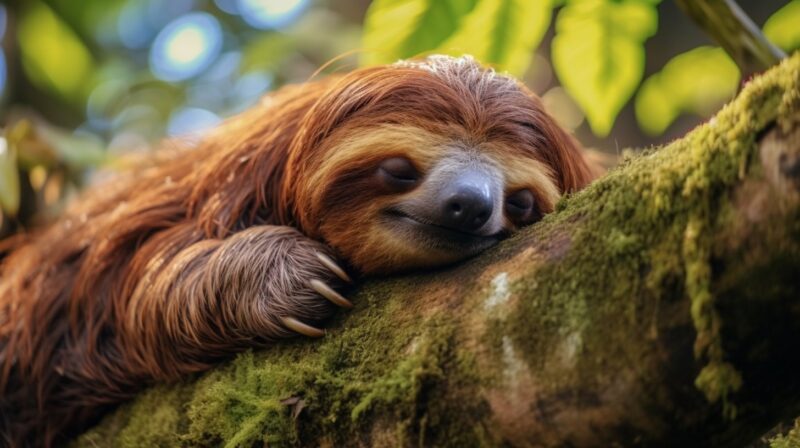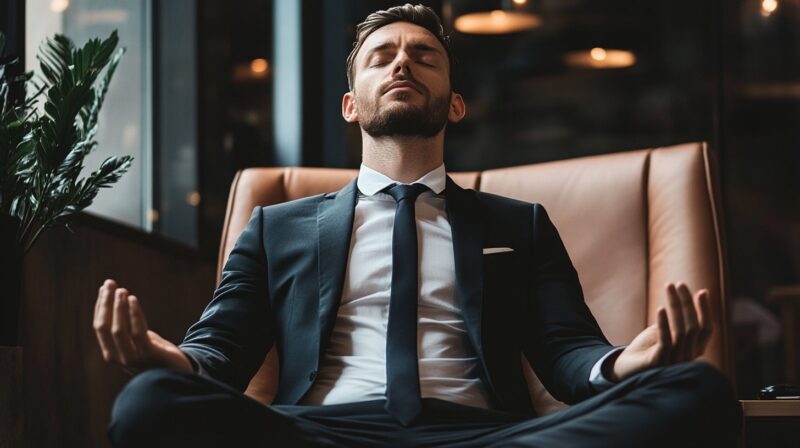I don’t know about you, but when I think of animals, I usually picture the swift cheetah or the agile deer. But, as it turns out, not all animals are in a hurry. Some of the world’s creatures are surprisingly slow, moving at a pace that’s hard to believe. These slowpokes of the animal kingdom have adapted unique strategies to survive without the need for speed.
From the sluggish sloth that spends most of its life hanging upside-down in trees, to the calm sea turtle that gracefully moves through the ocean, each of these animals has its own story. Today, we’ll be exploring the lives of the 20 slowest animals in the world.
20. Chameleon

These fascinating reptiles take their time as they move, adopting a deliberate and almost meditative pace. This slow movement is not just about being leisurely; it’s a clever survival strategy.
By moving slowly, chameleons make it harder for predators to spot them, blending seamlessly into the foliage. Their slow, careful steps ensure they don’t attract unwanted attention, allowing them to sneak up on their prey, which they catch with their long, sticky tongues in a rapid motion that contrasts sharply with their otherwise sluggish behavior.
Inhabiting various terrains, from rainforests to deserts, they feed on insects, moving slowly to maintain a stealthy approach.
Chameleon charms
- Prehensile tail: Their tail can grasp branches, aiding in stability.
- Independent eyes: Each eye can move independently, allowing a 360-degree view.
19. Kakapo
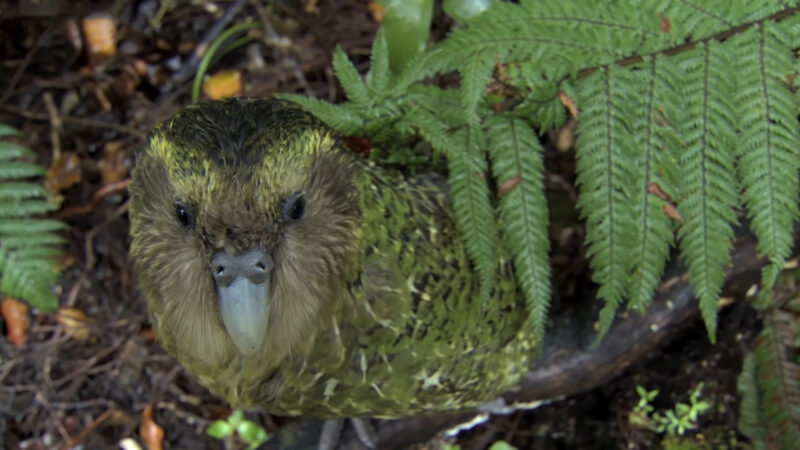
The kakapo, also known as the night parrot or owl parrot, is a truly extraordinary bird that stands out not just for its inability to fly, but also for its leisurely pace on the ground. This nocturnal parrot from New Zealand is one of the world’s slowest and heaviest parrots.
What makes the kakapo especially intriguing is its unique approach to life. Unlike other birds that might take to the skies to escape predators or search for food, the kakapo has adapted to a life of tranquility on the forest floor. They are herbivores, feeding on seeds, fruits, and plant parts. They roam the forest floor, climbing trees for food.
Kakapo kernels
- Strong legs: While they can’t fly, their legs are powerful, enabling them to climb.
- Booming calls: Males produce a deep resonating call to attract females.
18. Stick insect
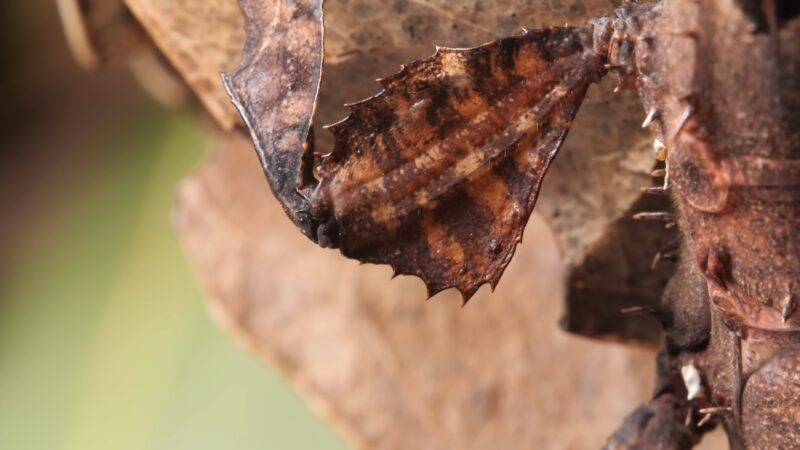
Resembling twigs or branches, these insects are experts in camouflage, blending seamlessly into their surroundings to avoid predators. Moving slowly helps them remain undetected, as sudden or fast movements would give away their presence.
Stick insects take their time as they navigate through foliage, feeding on leaves at a leisurely pace. Their ability to mimic the stillness of the plants around them is so effective that it often makes them invisible to both predators and curious humans alike. Primarily herbivores, they consume leaves and remain motionless during the day to go unnoticed.
Stick insights
- Parthenogenesis: Some species can reproduce without males.
- Molt for growth: They shed their exoskeleton multiple times as they grow.
17. Nudibranch
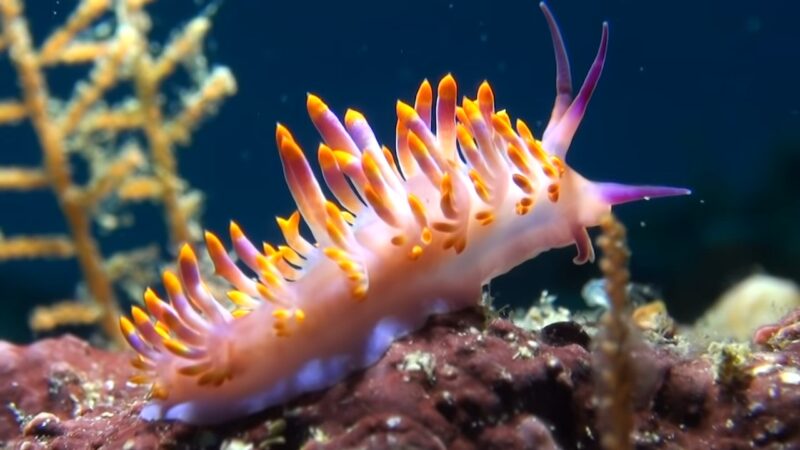
These creatures move at a leisurely pace, gliding slowly over rocks and coral reefs. Their slow movement is part of their survival strategy. It helps them stay unnoticed by predators and gives them time to meticulously search for food, which mainly consists of sponges, barnacles, and other small sea creatures.
What nudibranchs lack in speed, they make up for in defense mechanisms. They feed on algae, sponges, and cnidarians.
Nudibranch nuggets
- Defensive coloring: Their bright colors warn predators of their toxicity.
- Memory keepers: Some retain the stinging cells of their prey for defense.
16. Worm
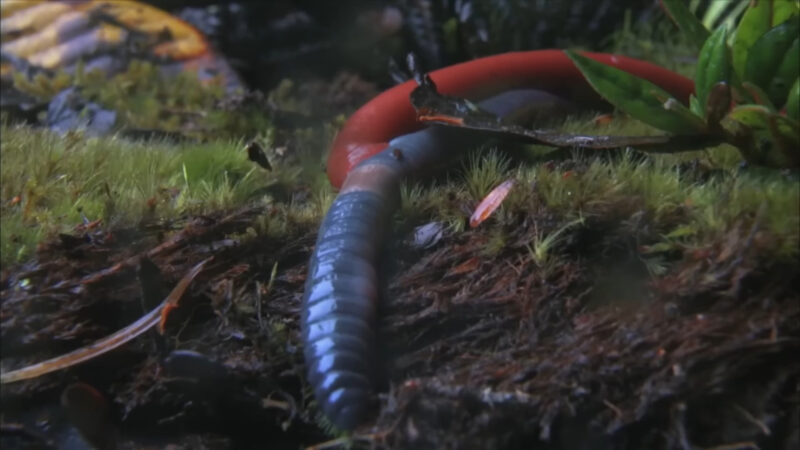
Worms use their bodies to burrow, relying on muscle contractions that inch them forward, allowing them to navigate the underground world. This slow movement is perfect for their role in the ecosystem, where they break down organic matter, enriching the soil with nutrients essential for plant growth.
Worm wonders
- Regeneration: Some species can regenerate parts of their bodies when injured.
- No lungs: They breathe through their skin, requiring a moist environment.
15. Komodo dragon
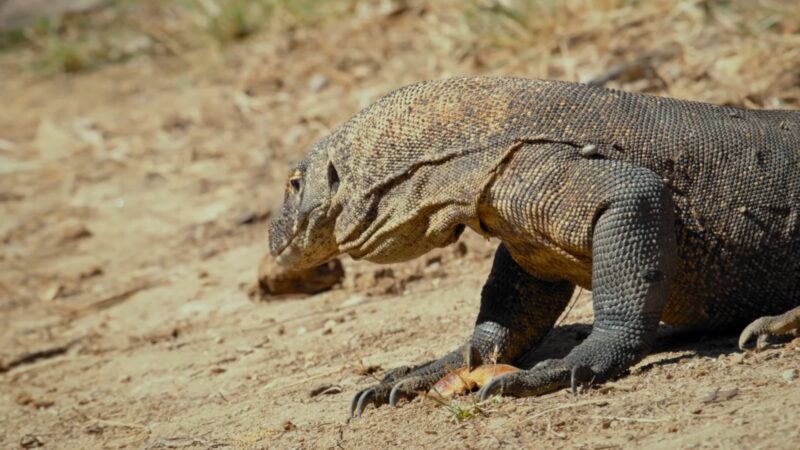
Komodo dragons are the world’s largest lizards. Native to the Indonesian islands, this giant lizard can reach speeds up to 13 km/h (about 8 mph) in short bursts when hunting or threatened. However, outside these moments, Komodo dragons prefer a much more leisurely pace.
They spend a large part of their day lounging in the sun or slowly patrolling their territory, conserving energy for when they really need it. This slow, energy-efficient lifestyle allows them to go without food for weeks after a big meal.
Komodo dragons rely on ambush, lying in wait for their prey, which includes deer, pigs, and even water buffaloes.
Dragon details
- Deadly saliva: Their mouths contain a mix of bacteria, making their bite lethal to prey.
- Excellent swimmers: Despite their bulk, they are adept swimmers and can cross between islands.
14. Coral
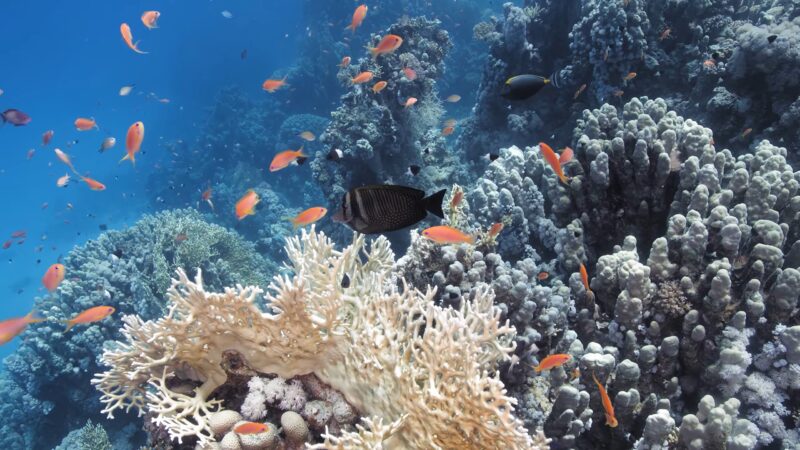
Coral might surprise many by being on the list of the slowest animals in the world, and yes, they are animals! They are known for their stunning colors and shapes and lead an incredibly sedentary lifestyle, fixed onto the ocean’s floor.
What makes corals fascinating is their slow growth rate. Some corals grow only about 0.3 to 2 centimeters per year, depending on the species and environmental conditions. This slow growth contributes to the formation of coral reefs, which can take thousands of years to form extensive structures.
Coral chronicles
- Polyps: Corals are made up of thousands of tiny polyps that secrete calcium carbonate to form a protective skeleton.
- Symbiotic relationship: They have a mutually beneficial relationship with algae, which provides them with nutrients.
13. Pine processionary caterpillar
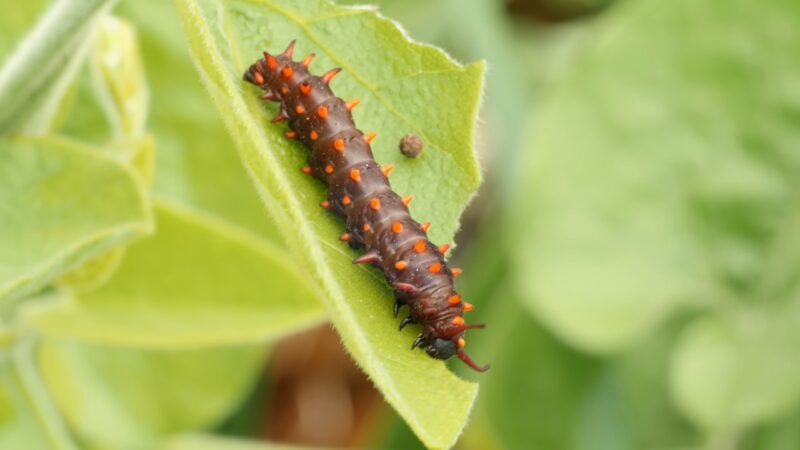
The Pine processionary caterpillar might not be the first creature that comes to mind when you think of the world’s slowest animals, but it’s definitely one of the most interesting. This caterpillar is known for its unique way of moving in a long, single-file line, resembling a small, furry procession.
What makes the Pine processionary caterpillar stand out, besides its slow pace, is its survival strategy. The processionary movement is not just for show; it’s a clever way to protect themselves from predators.
By moving in a line, they create the illusion of being a larger creature, deterring birds and other predators from attacking. This slow-moving convoy also helps them conserve energy as they search for food and navigate their environment.
Caterpillar curiosities
- Irritating hairs: They have tiny barbed hairs that can cause skin irritations in humans and animals.
- Communal nests: They spin white silken nests on pine trees, where they rest during the day.
12. Solenodon
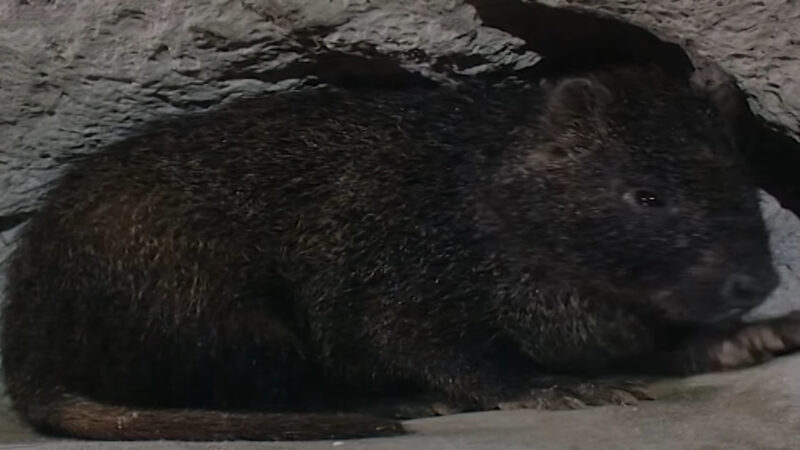
Endemic to the Caribbean, solenodons have remained relatively unchanged for over 30 million years. These nocturnal mammals are slowly-paced insect hunters.
Despite its slow movements, the Solenodon is an expert at avoiding predators, thanks to its secretive, nocturnal habits. However, this hasn’t saved it from facing threats; habitat destruction and introduced species have made it an endangered species.
They use their long snouts to dig in the soil for insects. Their pace is slow and methodical, ensuring they cover their territory thoroughly.
Solenodon surprises
- Venomous saliva: They are one of the few mammals with venomous saliva, which they use to immobilize their prey.
- Prehistoric lineage: Being nearly unchanged for millions of years, they offer a glimpse into ancient mammalian life.
11. Slow loris
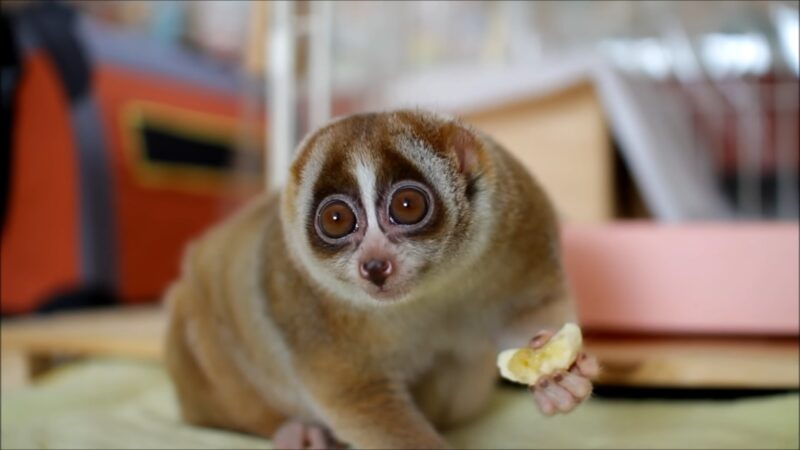
A tiny primate from Southeast Asia, the slow loris truly lives up to its name. Moving deliberately through the treetops, the Slow Loris is a master of patience, taking its time as it searches for fruits, insects, and small animals to eat.
But don’t let its slow movements fool you; when threatened, it can deliver a toxic bite, a rare trait among mammals. This unique defense mechanism, combined with its adorable appearance, has unfortunately made it a target for the illegal pet trade.
Loris lore
- Venomous bite: Unique among primates, they have a toxic bite, which they get by licking a toxin-secreting gland on their arm.
- Gripping feet: Their feet can grasp branches for hours without tiring, an adaptation for their slow and steady lifestyle.
10. Jellyfish

They don’t have a brain, heart, or bones, yet their simple structure is highly effective for their survival. Jellyfish rely on ocean currents to help them move long distances, making their slow, steady pace a part of their strategy to conserve energy. This allows them to focus on their primary activity: feeding on small fish and plankton caught in their flowing tentacles.
Feeding on small fish and plankton, they use their stinging tentacles to paralyze their prey.
Jellyfish jewels
- Bioluminescence: Many deep-sea species can produce light, creating a mesmerizing underwater display.
- Diversity: With over 2000 species, they come in various sizes and colors.
9. Starfish 
Found on the ocean floor, starfish, or sea stars, move using hundreds of tube feet located on their undersides. This movement is so slow that to an observer, they might appear to be stationary. Despite their lack of speed, starfish are effective predators.
They feed on mollusks by prying open their shells with their strong arms, a process that can take hours. Starfish play a crucial role in their ecosystems, often helping to control the population of their prey.
Remarkable features
- Regeneration: They can regrow lost arms, and some species can regenerate a whole body from a single arm!
- No brain: Instead, they have a complex nervous system.
8. Garden snail
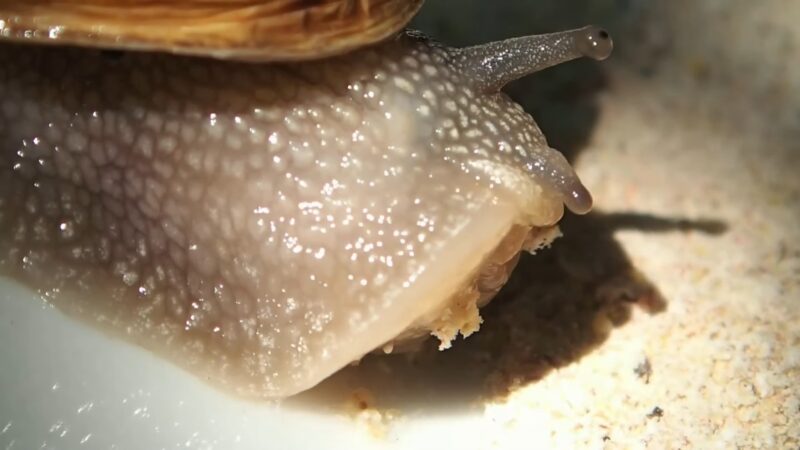
The Garden snail is a perfect example of nature’s leisurely pace at its finest. These small creatures are among the slowest animals in the world, moving at a glacial speed of just 0.03 miles per hour. What they lack in speed, they make up for with their incredible ability to adapt to various environments, thriving in gardens, forests, and even urban areas.
Garden snails carry their homes on their backs, living inside spiral shells that they retreat into when threatened or to conserve moisture. Their slow movement is due to the way they glide along surfaces using a muscular foot that produces mucus. This mucus is essential, reducing friction and allowing them to move across sharp objects without injury
Snail snapshots
- Mucous trail: Their slimy trail aids in movement and leaves a scent, helping them return to their shelters.
- Aestivation: In harsh conditions, they can seal themselves in their shells, entering a dormant state.
7. Koala

I have to admit that I loooove coalas❤️ These adorable creatures spend up to 20 hours a day sleeping in the eucalyptus trees of Australia. This extreme amount of rest is due to their diet, which consists mainly of eucalyptus leaves. These leaves provide very little energy and are tough to digest, forcing koalas into a low-energy lifestyle.
Feeding exclusively on eucalyptus leaves, which are low in nutrition and toxic to many animals, koalas have a slow metabolic rate to detoxify and extract nutrients.
Koala quirks
- Unique fingerprints: Interestingly, their fingerprints are similar to human ones, making them almost indistinguishable.
6. Manatee
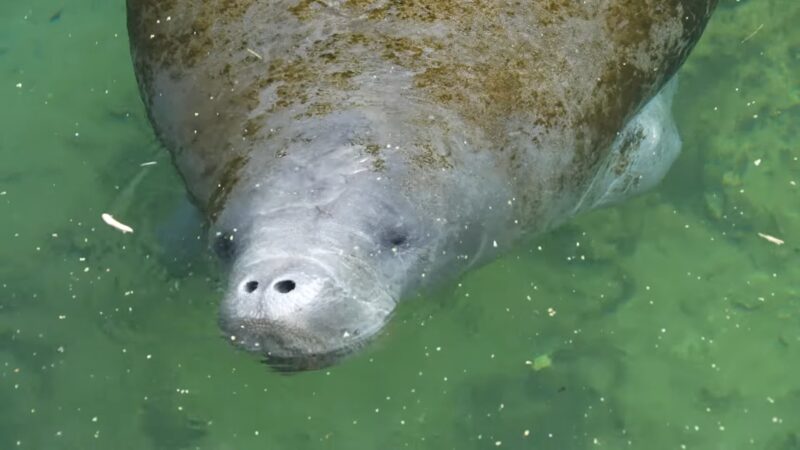
Often called ‘sea cows’, manatees are large, fully aquatic, and herbivorous marine mammals. Manatees are incredibly peaceful creatures, having no natural predators, which partly explains their leisurely lifestyle. They can often be seen floating near the surface, taking slow, leisurely swims that rarely exceed 5 miles per hour.
Their days are mainly spent grazing on seagrass or resting.
Conservation concerns
- Endangered status: Due to watercraft collisions and habitat destruction, they are at risk.
- Importance: They play a key role in influencing plant growth in the waterways they inhabit.
5. Banana slug
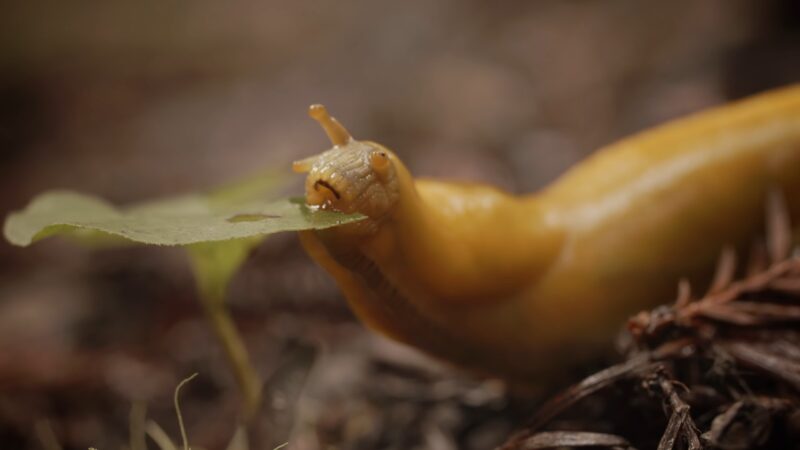
Recognizable by its bright yellow color, the banana slug is a vital contributor to the forest ecosystems of North America’s Pacific Coast. They glide at a pace that’s almost imperceptible, covering only a few inches per minute.
This slow movement is perfectly suited to their life in the underbrush, where they feed on dead leaves, animal droppings, and mushrooms, playing a crucial role in the ecosystem by recycling nutrients.
Despite their sluggish speed, Banana slugs have few predators, thanks to a combination of their bitter taste and the thick, slimy mucus that covers their body, which deters most would-be attackers. This mucus also helps them move across rough terrain and retain moisture, which is vital for their survival.
Surprising slug onsights
- Sensitive to their environment: A decrease in their population can indicate environmental disturbances.
- Taste aversion: Despite their slow speed, many predators avoid them due to their unpleasant taste.
4. Goliath tarantula
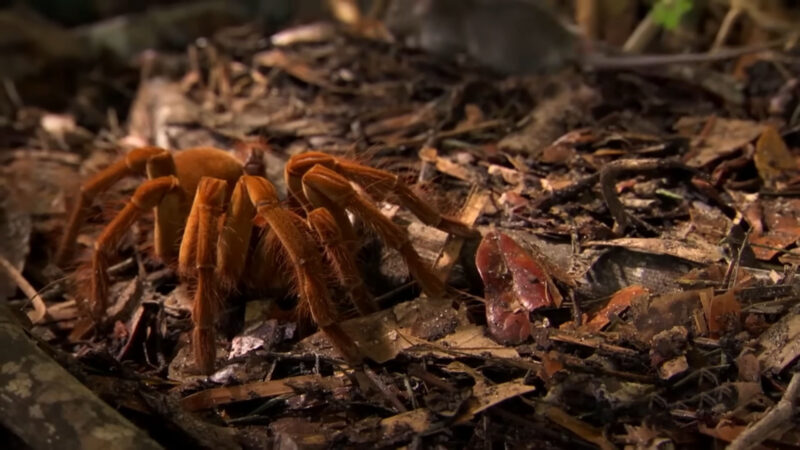
The Goliath Tarantula, or bird-eating spider, might be fearsome in appearance, but it is leisurely in its movements. It boasts a leg span that can reach up to 11 inches, making it a giant among arachnids. Despite its intimidating size, this tarantula prefers a slow and steady approach to life.
The Goliath Tarantula rarely feasts on birds. Moving slowly, it relies on ambush tactics, sensing vibrations from its prey, typically small rodents or insects.
Characteristics
- Flicking hairs: When threatened, it can flick barbed hairs from its abdomen, which are irritating to potential predators.
@urbantarantulas The Goliath bird-eating tarantula is a true giant of the spider world, known for their impressive size and leg span of up to 11 inches and weight up to 6 oz. Despite its intimidating appearance and name, they are actually a terrestrial species and cannot climb trees as it can lead to fall and rupture of their abdomen which would ultimately lead to death. Their diet mainly consists of insects, but as their name suggests, they are capable of eating small birds, but only if they have fallen from a tree. These docile creatures are a fascinating addition to the rainforest ecosystem, despite their misleading moniker. #GoliathBirdEater #Tarantula #Rainforest #Spider #wild #wildlife #tarantulas #tarantulasofinstagram #beautiful #arachnids #nature #tarantulalovers #photography #tarantulapet ♬ Gang – Mxrphy
3. Seahorses
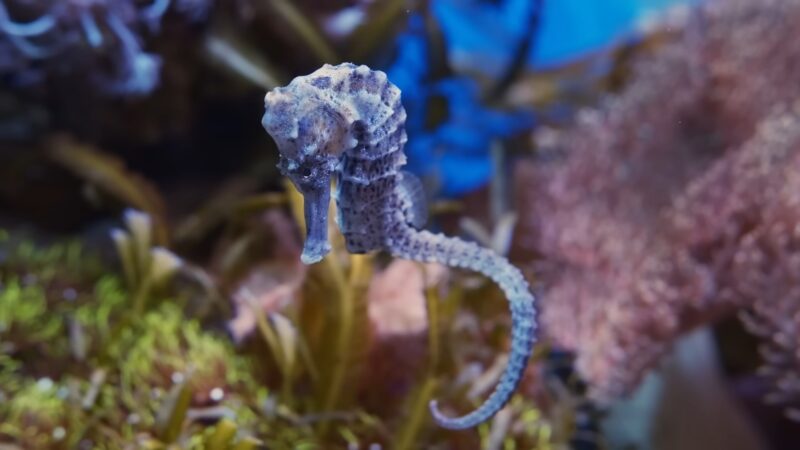
Gracefully floating in oceans, seahorses are unique marine creatures. With their horse-like heads and prehensile tails, they seem to dance rather than swim.
Despite their slow movement, seahorses are effective predators. They rely on stealth and patience, waiting for the perfect moment to snatch their prey, usually tiny crustaceans, with their small, pipe-like mouths.
Seahorses also have a fascinating reproductive process, where the males carry the eggs in a pouch until they hatch, releasing fully formed miniature seahorses into the water.
They’re not built for speed. Their dorsal fins flutter up to 35 times per second, propelling them slowly. Primarily, they consume tiny crustaceans, sucking them through their tubular mouths.
Reproduction and behavior
- Male pregnancy: One of the few animal species where males bear the offspring, the female deposits eggs in the male’s pouch, which he later ‘gives birth’ to.
- Monogamy: Often, seahorses pair for life, engaging in daily dances with their partners, further emphasizing their gentle nature.
2. Giant tortoise
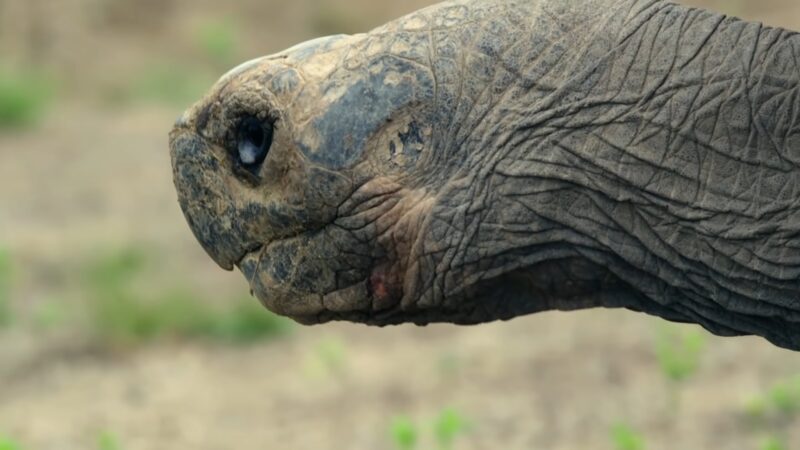
The giant tortoise, native to islands like the Galápagos and Seychelles, is known for its long lifespan, which sometimes exceeds 100 years. Though their pace is slow, their life journey is incredibly long.
Living on islands with few natural predators gave these creatures the luxury of evolving without the need for speed. Their heavy shells, while making movement slow, provide excellent protection from occasional threats. Over time, their slow metabolism has also contributed to their extended lifespan.
Fascinating facts
- Migratory habits: Despite their pace, they travel long distances for food and mating, sometimes covering several kilometers in a week.
- Symbol of the Galápagos: Their distinct appearance and intriguing life have made them an emblem of the Galápagos Islands.
1. The three-toed sloth
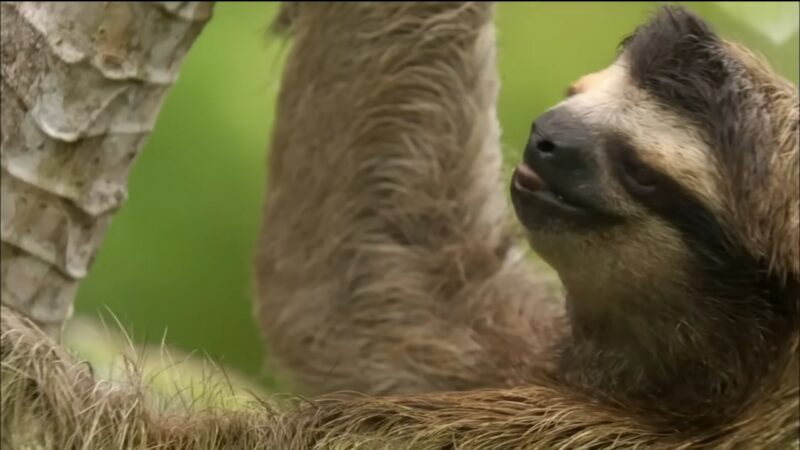
Hailing from the rainforests of Central and South America, the three-toed sloth holds the title of the world’s slowest mammal. Living most of its life hanging upside down from trees, it seems to have adopted the motto of ‘Why rush?‘
These remarkable creatures prefer the dense canopy, where they feed on leaves, shoots, and fruit. Moving at a maximum speed of 0.24 kilometers per hour, they’ve evolved to conserve energy due to their low-calorie diet. Their slow movements also help them stay under the radar, avoiding predators like hawks and jaguars.
Unique features
- Camouflage fur: Their fur hosts algae, giving them a greenish tint that camouflages them amidst the trees.
- Rotating head: Like owls, they can turn their heads nearly 270 degrees, allowing them a broad view with minimal movement.
FAQs
Why do some animals evolve to be slower in their movements compared to others?
Animals evolve based on their environment, available resources, and threats. For many of the slow-moving species, speed isn’t a necessity for survival. Instead, they’ve developed other strategies like camouflage, toxins, or defensive mechanisms that deter predators, allowing them to thrive without the need for rapid movement.
Are slow-moving animals typically found in specific habitats or regions?
While many of the slow-moving animals are indeed associated with specific habitats, such as the rainforests or oceans, they are not restricted to one particular region. For instance, while the three-toed sloth is native to Central and South American rainforests, the garden snail can be found in many regions worldwide.
Do slow-moving animals have a shorter lifespan due to their leisurely pace?
Not necessarily. In fact, some slow-moving animals, like the giant tortoise, have impressively long lifespans that can exceed 100 years. Their slow metabolism and limited natural predators, in some cases, contribute to their longevity.
How do these leisurely creatures communicate or find mates, given their slow pace?
Many slow-moving animals have developed unique mating rituals or communication methods to attract partners. For instance, seahorses engage in elaborate dances with potential mates. The Kakapo parrot uses deep resonating calls to attract females. Evolution ensures that even the slowest creatures have a way to reproduce and communicate.
Closing thoughts
In a world that often values speed and efficiency, these leisurely creatures serve as gentle reminders of the virtues of patience and the beauty of a slower pace. Their unique survival strategies, lifestyles, and evolutionary paths underscore the vast diversity and adaptability of life on Earth.
While they might not win any races against the swifter members of the animal kingdom, they certainly capture our attention with their uniqueness.
Related Posts:
- 10 Slowest Animals in North America - Slow and Steady
- 15 Ugliest Animals in The World - Pictures,…
- 14 Most Common Animals in Panama - Biodiversity Spotlight
- Deforestation Killing the Lungs of The Planet: The…
- 20 Ways to Reduce Climate Change - Save Our Planet
- Top 6 Sneaker Brands that Actually Give a Damn About…


